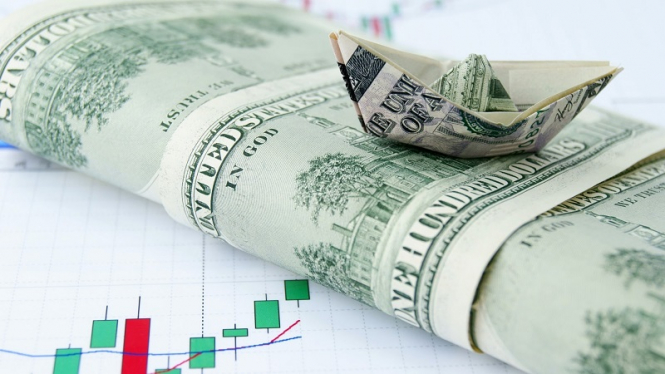
The dollar turned to a decline this week due to a number of factors, whereas last week, the dollar index climbed to 16-month peaks.Thus, the hawkish attitude of the American regulator has weakened. Jerome Powell focused on increasing volatility in financial markets, pointed to the extinction of the effect of tax reform and the decline in demand outside the United States. According to Powell, these reasons may make the Fed think about a pause in raising rates in the middle of next year.Markets gave a response to a change in tonality, although perhaps there is nothing new here. The head of the US Central Bank in his early comments made it clear that the regulator is set to increase rates at a meeting in December. In 2019, financial officials are set to increase 2-3, so this slowdown can be interpreted as a repetition of the voiced statement.What does this mean for the dollar?This means that the general trend for the growth of the US currency will continue, although small kickbacks are likely to be avoided. In the short term, attention should be paid to the dynamics of the dollar index near 95.80 and the ability of the euro/dollar pair to develop an attack above 1.1400.
If the dollar goes below 95.50, then this may well be a signal for breaking the upward trend. According to the main currency pair, such a "go-ahead" will be obtained with growth above 1.1500.The medium and long-term outlook for the dollar remains bearish. Next year, it has little chance of developing success, and it is likely to become cheaper relative to most of the G10 currencies. Such dynamics will be caused by a slowdown in the country's GDP and a decrease in the rate of normalization of the monetary policy of the American Central Bank. Analysts at Reuters (54 out of 102) are confident that the Fed will raise rates three times next year, as promised. In the meantime, the number of predictors of a double tightening of the policy is increasing over the course of the year.More and more experts began to talk about a possible recession in the next two years, expectations rose from 30% to 35%. In a number of projections, this is about a slowdown in the US economic recovery to 2.7% in the fourth quarter. In 2019, growth will stall to 2-2.5%, in 2020 - to 1.8%.Traders sell the dollar against major currencies.The major players in the week to November 13 sold the dollar against major currencies, according to data from the US Commodity Futures Trading Commission (CFTC). On these days, short positions were closed in the euro, pound, Aussie, kiwi, and franc, as well as the growth of their volume in the Japanese yen. As a result, the amount of net long greenback fell by $ 1.9 billion, to $ 30.2 billion, leaving the area of 3-year peaks.The most sold out currency is the yen, then the euro, the Aussie, and the pound. The bearish positioning in the franc and kiwi can be called moderate, and according to the loonie, neutral.The amount of net short for a single currency narrowed by $ 1.5 billion, to $ 5.2 billion. Since the beginning of September, this is the first serious improvement in sentiment on the part of traders. The Euro Bulls opened new positions in 3 of the last 4 reporting periods, and the Bears became less active in the period under review.The net short position on the main outsider of the market, the yen, was close to $ 11.2 billion. The new sales figure for the reporting 7 days amounted to $ 2.2 billion, and the new purchases, $ 0.8 billion. One "bull" accounts for almost four "bears".
The material has been provided by InstaForex Company - www.instaforex.com